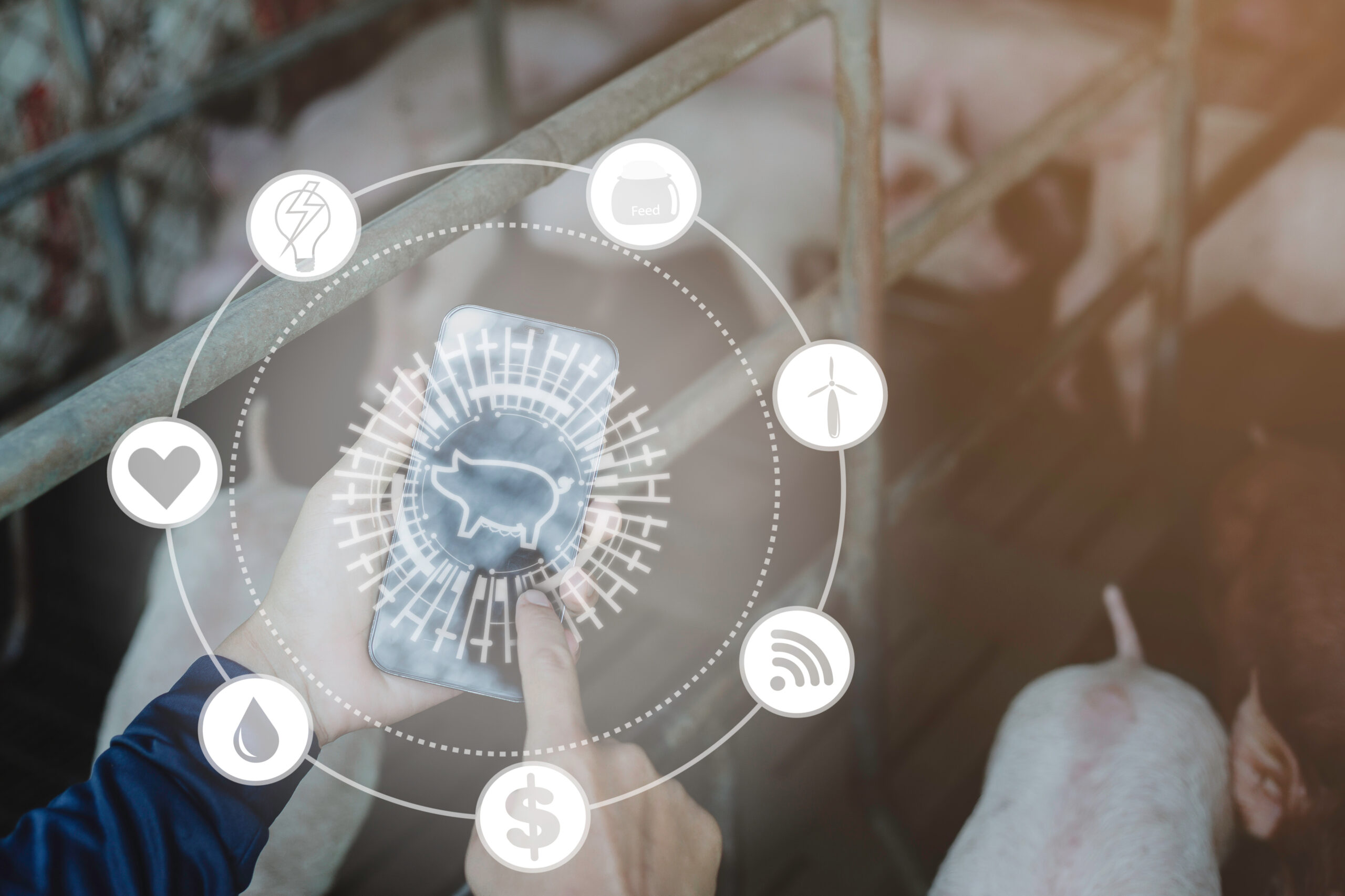14 May 2025

Is the COVID-19 pandemic a “great equaliser,” as New York governor Andrew Cuomo put it? Or could it be widening the wealth gap, pushing people out of the middle class? When US unemployment hit 14.7% in April, millions of Americans applied for unemployment benefits while thousands went on rent strikes and car lines for food banks stretched for miles. If you looked closely at the cars in those lines, you’d see something that suggested this was a very different kind of recession. Amongst the beaten up Corollas, there were shiny new BMWs and Mercedes – beacons of the aspirational middle class.
Is the COVID-19 pandemic a “great equaliser,” as New York governor Andrew Cuomo put it? Or could it be widening the wealth gap, pushing people out of the middle class?
When US unemployment hit 14.7% in April, millions of Americans applied for unemployment benefits while thousands went on rent strikes and car lines for food banks stretched for miles. If you looked closely at the cars in those lines, you’d see something that suggested this was a very different kind of recession. Amongst the beaten up Corollas, there were shiny new BMWs and Mercedes – beacons of the aspirational middle class.
In 1971, 61% of Americans were middle class. But in the last 50 years, wages have stagnated and in some cases decreased while debt has ballooned. Since 2000, US housing costs have doubled. While many Americans consider themselves middle class, the white picket fence and professional, stable job, are largely out of reach. In reality, the American middle class is shrinking. Just over half of today’s US households are in a middle income bracket.
Even those who are in the middle class live paycheque to paycheque. According to a report from the Federal Reserve, 40% of Americans don’t have a spare $400 cash for an emergency. In a study from Pew, only 47% of Americans have enough saved for three months of food.
“When people say they live paycheck to paycheck, it’s not that they’re managing their money poorly” Sharon Parrott, a senior vice-president at the Center on Budget and Policy Priorities, told the New Yorker.
“Instead, their housing costs are taking up a disproportionate share of their incomes.”
According to Heidi Shierholz, a senior economist and director of policy at the Economic Policy Institute, even an American household in the top 20% of incomes can struggle to make ends meet in normal economic conditions, let alone in a recession.
“The path to the middle class wasn’t that robust before” said Shierholz. “But now, people will be getting knocked out of the middle class left and right.”
There’s a similar surge in cost of living in Australia. Since 1993, median house prices have increased 412%. While discretionary goods and services are significantly cheaper than they were a few decades ago, the essentials like secondary school fees, childcare, utilities and housing have experienced a rapid price inflation that’s not in line with wage growth.
It’s these contributing factors that mean middle-class professionals from the inner city suburbs of Melbourne and Sydney have been the hardest hit financially.
Consulting firm Taylor Fry has created a data map of the financial impact on Australian households across the country. The map shows that Erskineville and St Kilda, inner-city suburbs of Sydney and Melbourne, are the worst affected. Other affluent suburbs in Melbourne’s leafy south-east and Sydney’s affluent north and east have also suffered.
Meanwhile, Melbourne’s industrial south-western suburbs have only been moderately affected by the COVID-19 recession despite having a 44.2% higher unemployment rate than the state average.
The researchers have explained that the COVID-19 pandemic is having less of an impact on people with low incomes who lost their job because they’ve experienced less change in income after receiving JobKeeper or Jobseeker payments. People in medium-to-high income brackets are in a more vulnerable financial position because the income lost from salary cuts and reduced hours is disproportionate to government stimulus.
It’s a middle-class disaster” Taylor Fry director Pru Goward said. “The impact of this has been much more likely to be felt in middle-class households than in poor households and that is a very big difference between what we’re seeing now and the Great Depression of the 1930s.”
COVID-19 is shaking the already precarious middle class to its core. Could it trigger a society-wide shift in the way we do capitalism? Read our analysis in the next and final part of this series next week.
Sources:
- 1.48 Million More Americans Applied for Unemployment Benefits Last Week
- ‘Middle-class disaster’: Inner-city professionals take biggest financial hit from COVID
- Inflation may be very low but our cost of living is rising much faster
- 25 years of housing trends
- What the coronavirus reveals about the middle class
- How the Coronavirus is Killing the Middle Class


